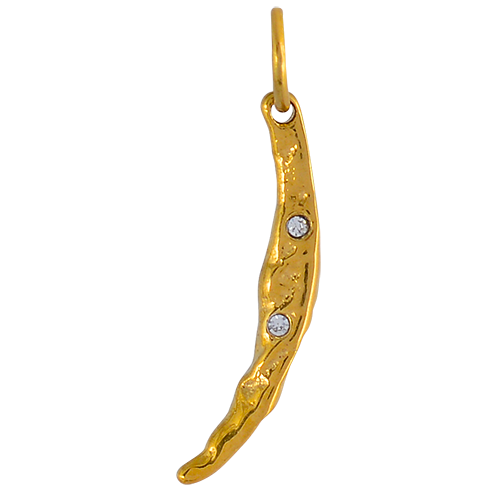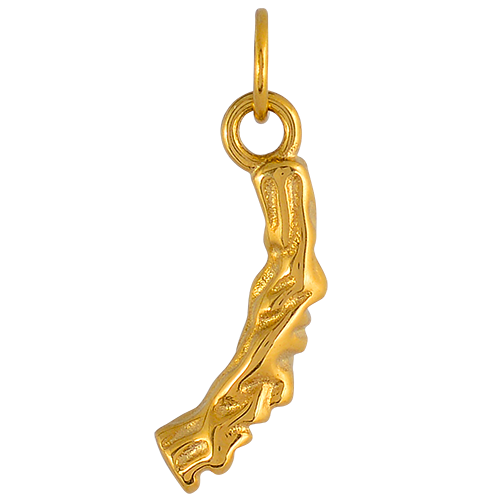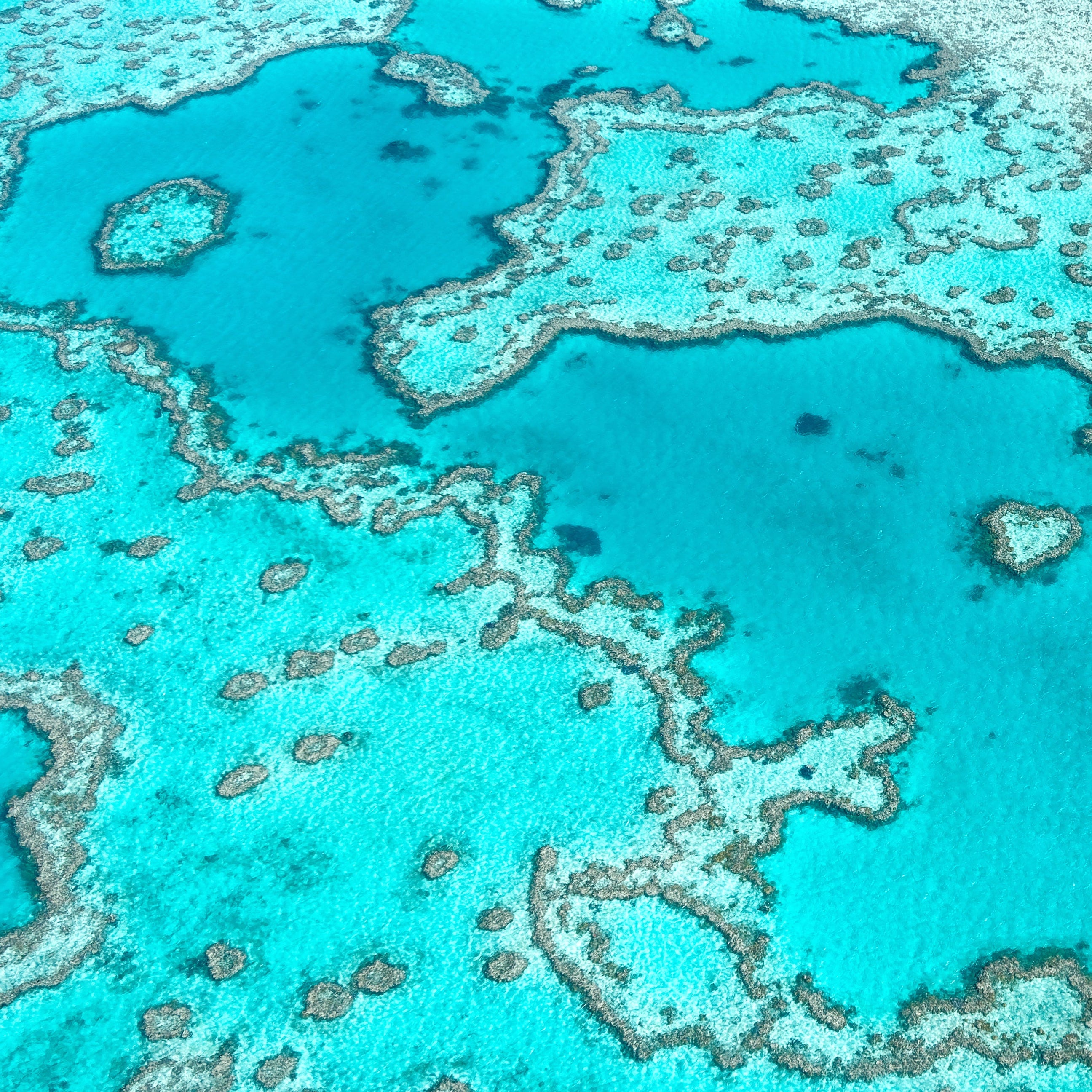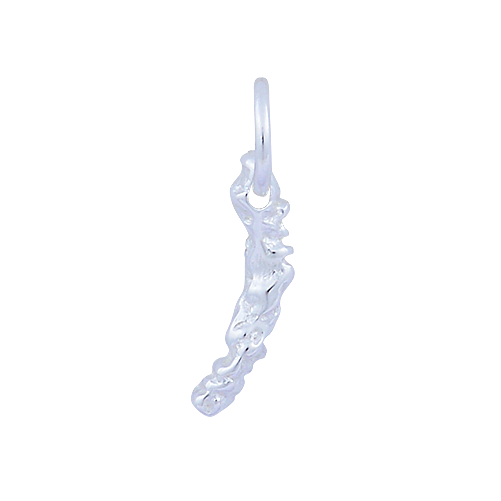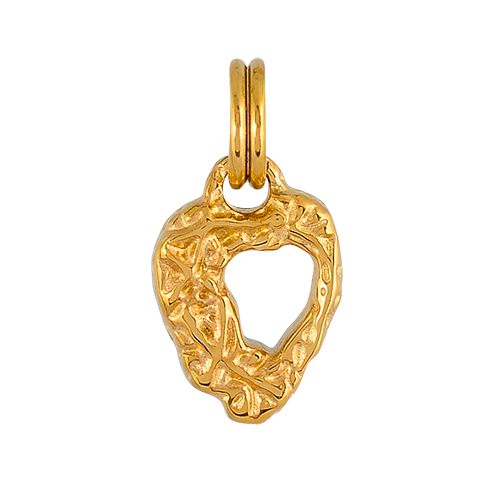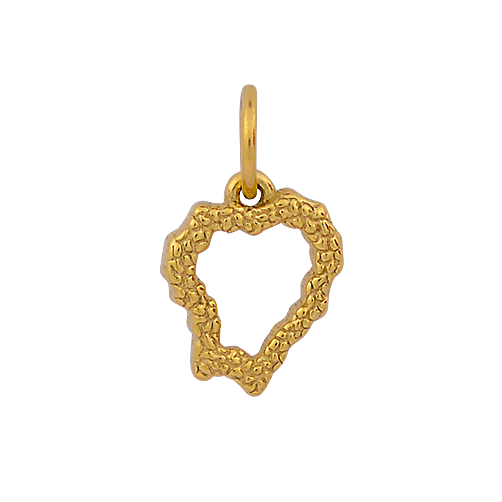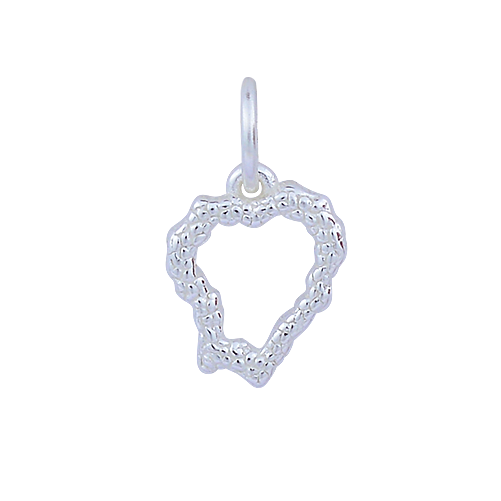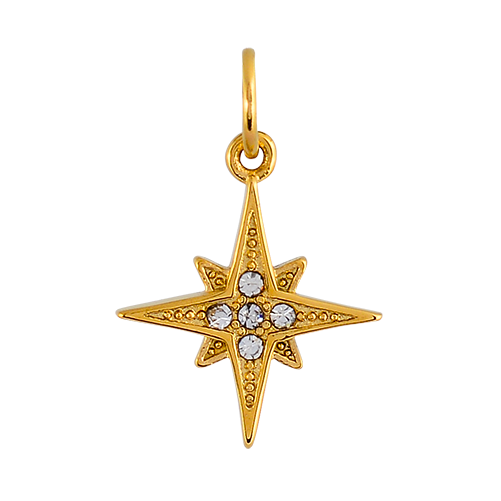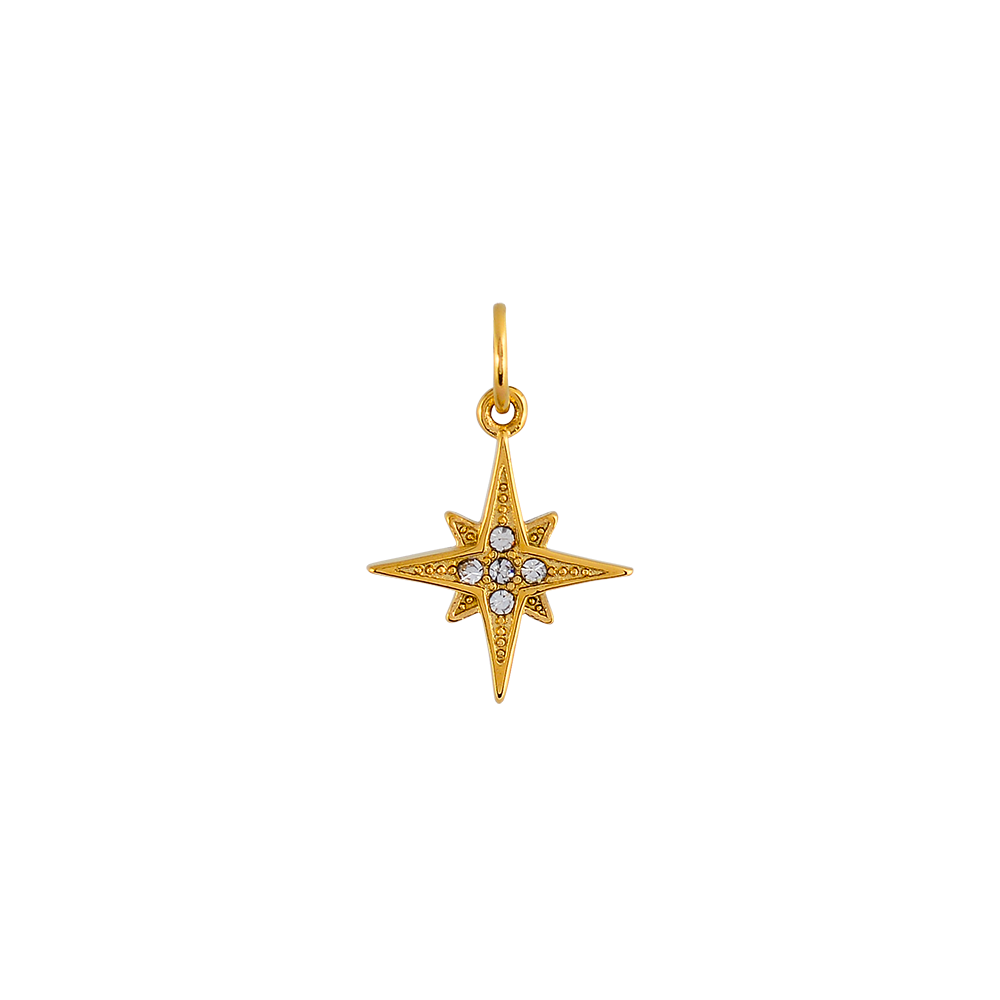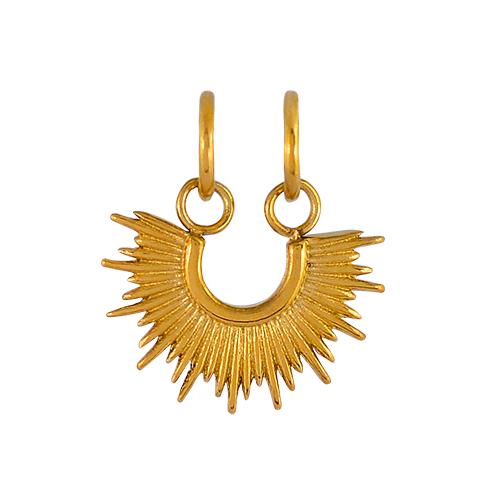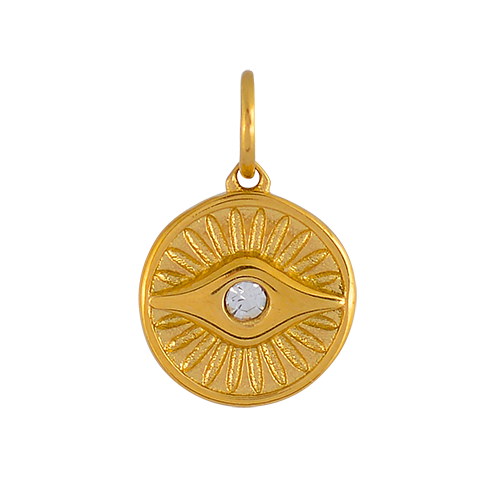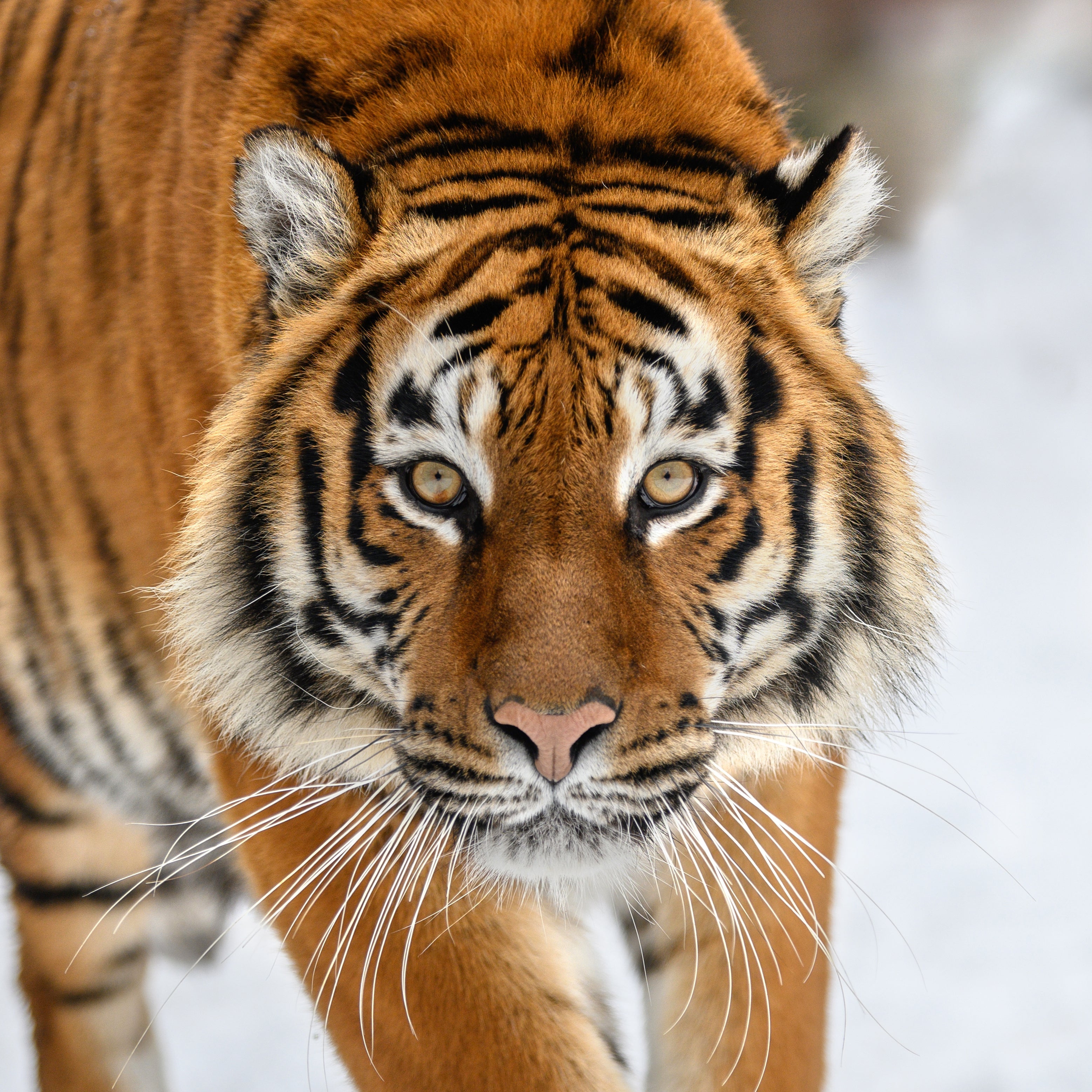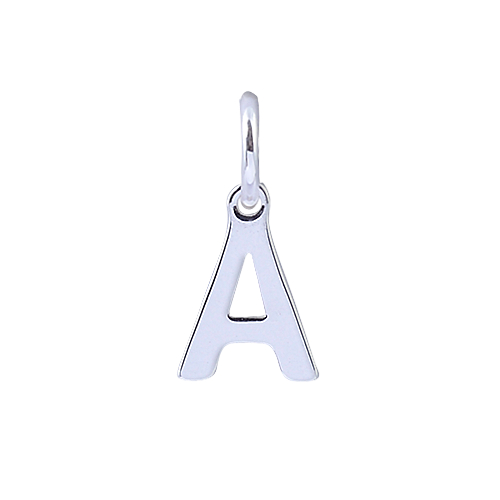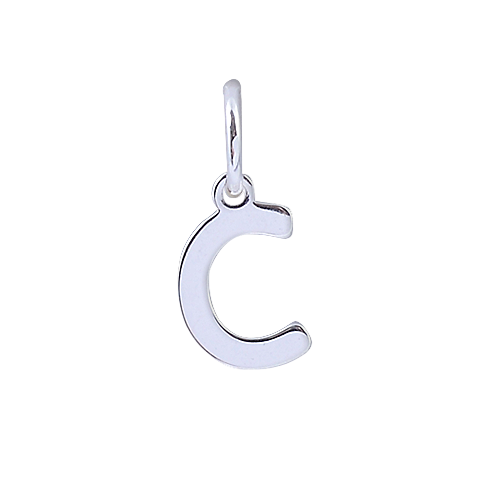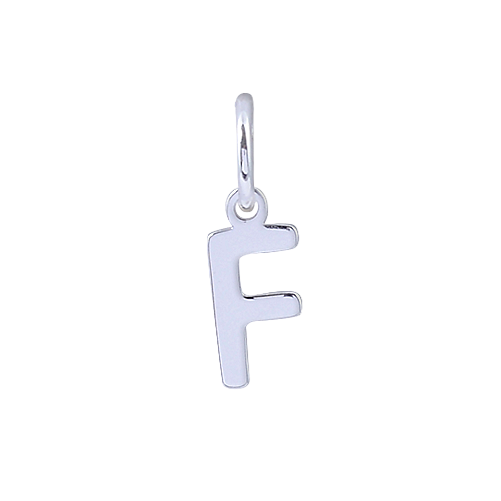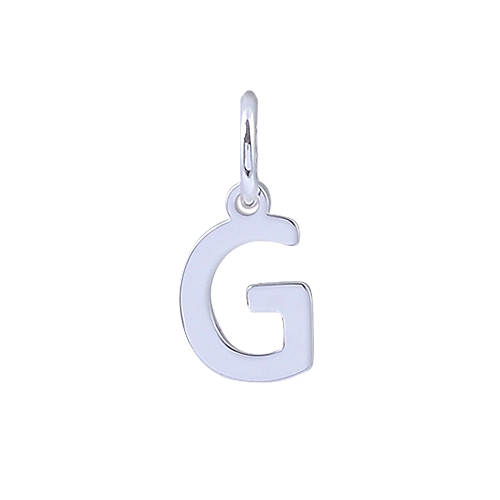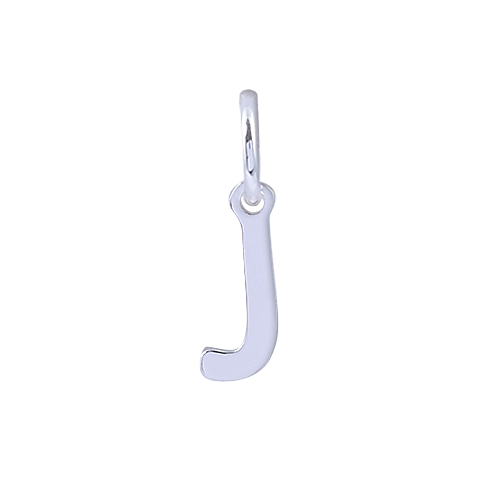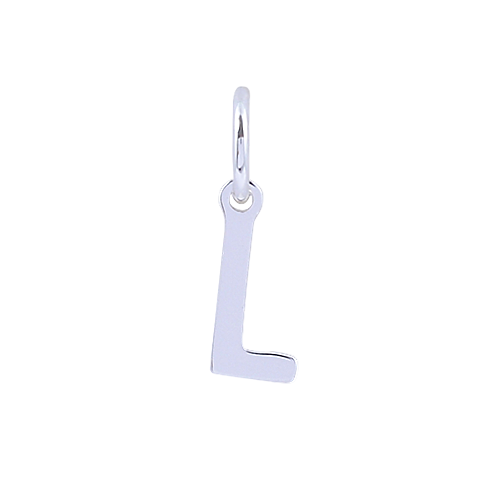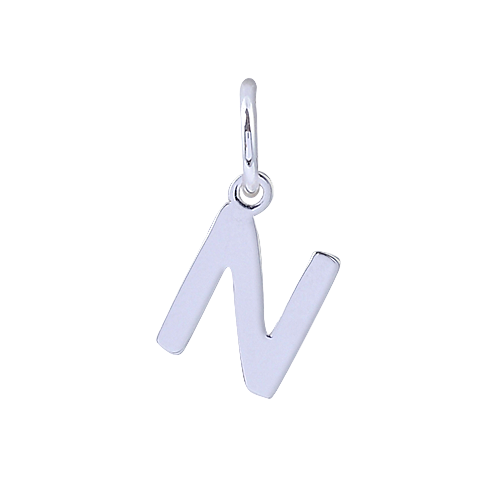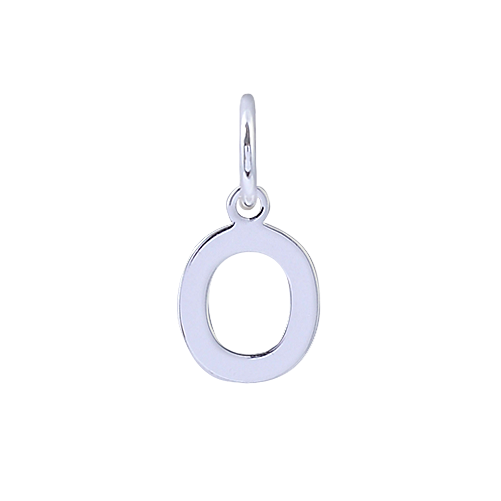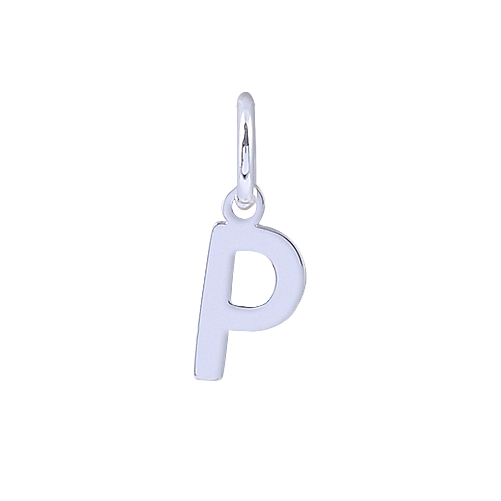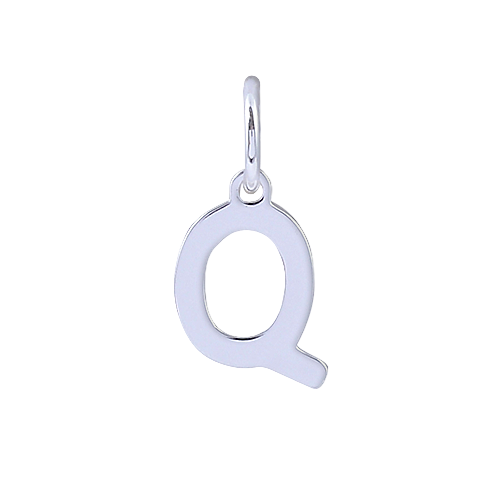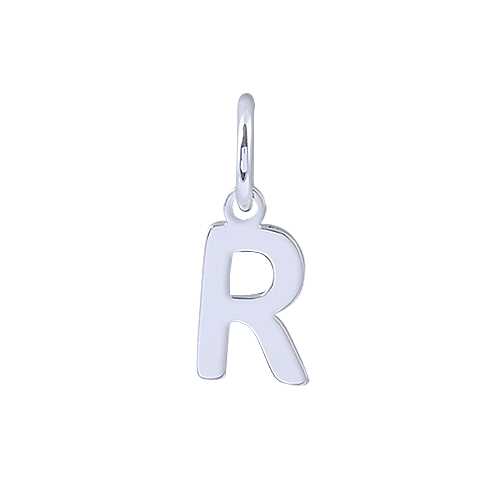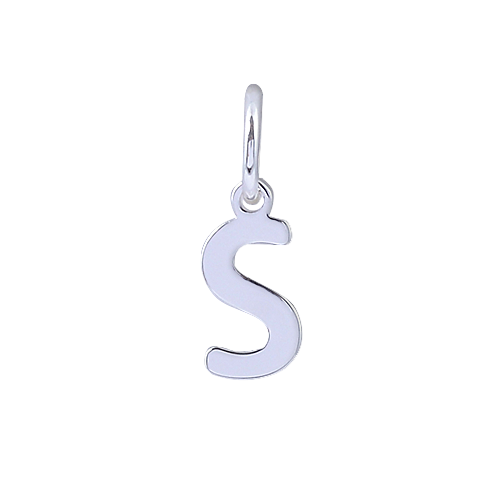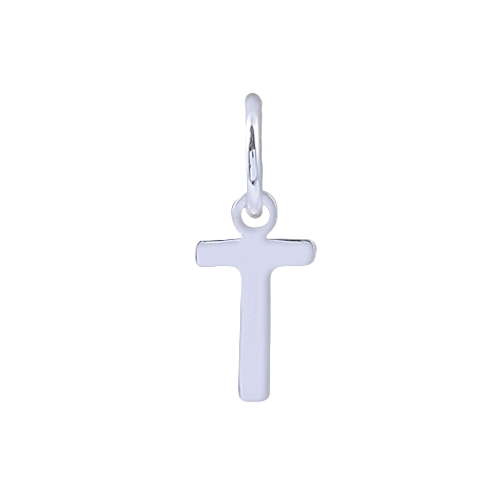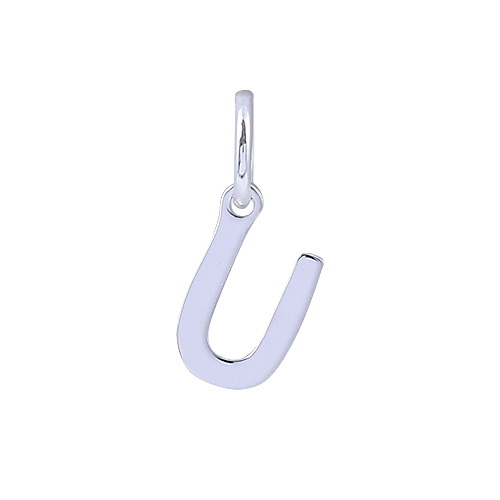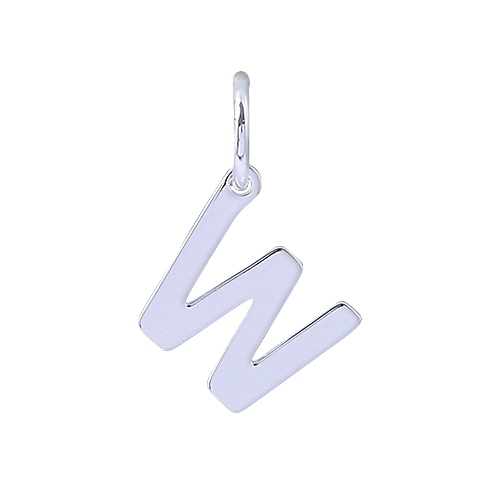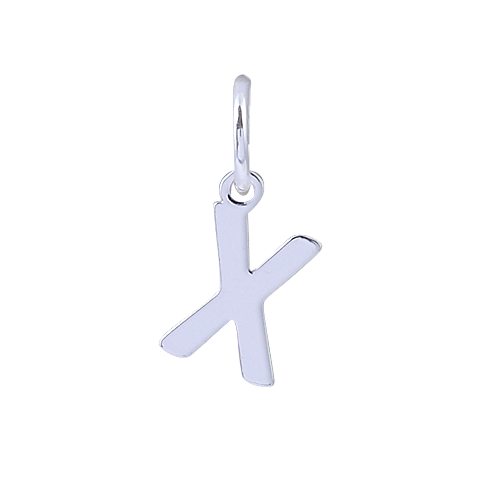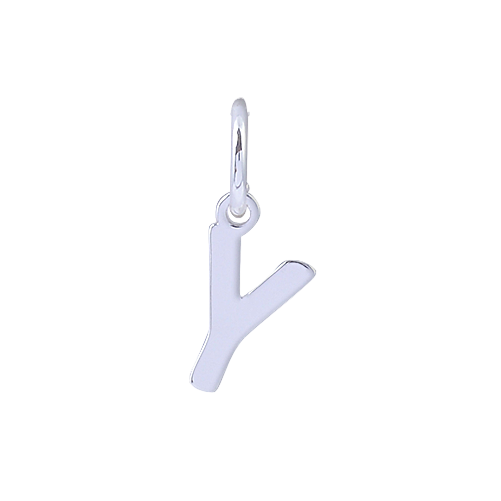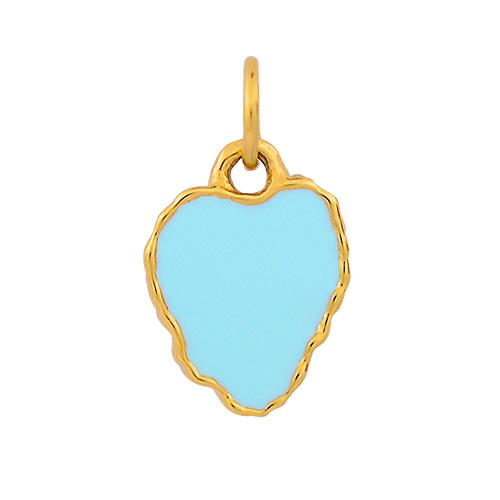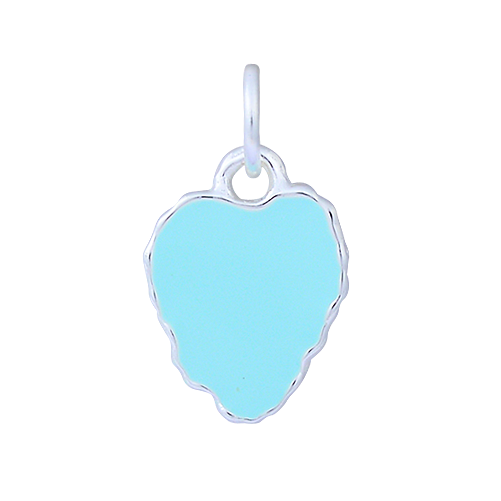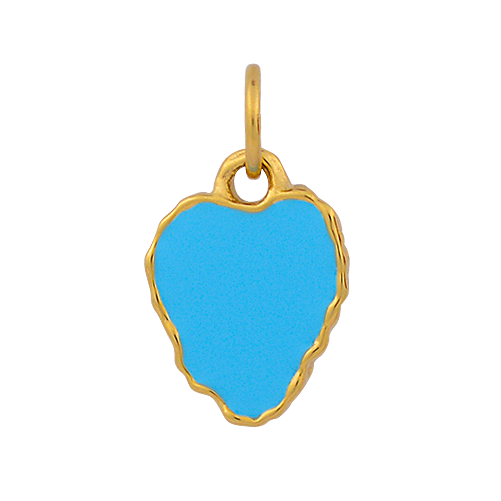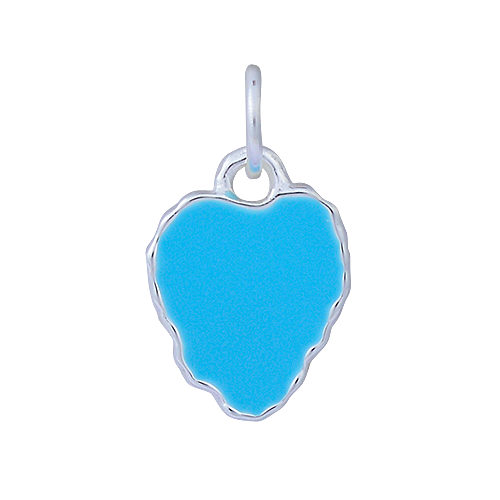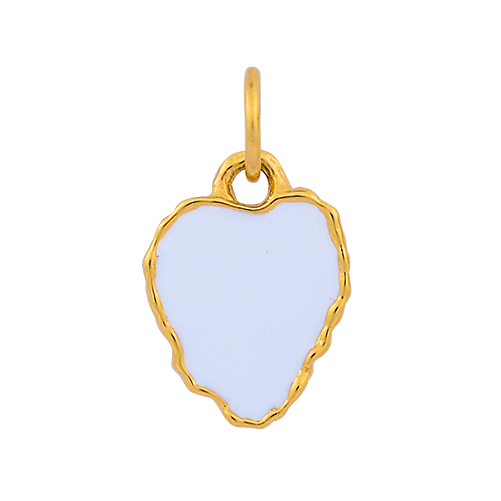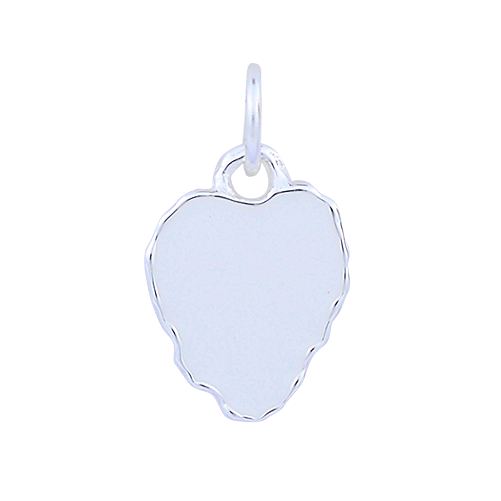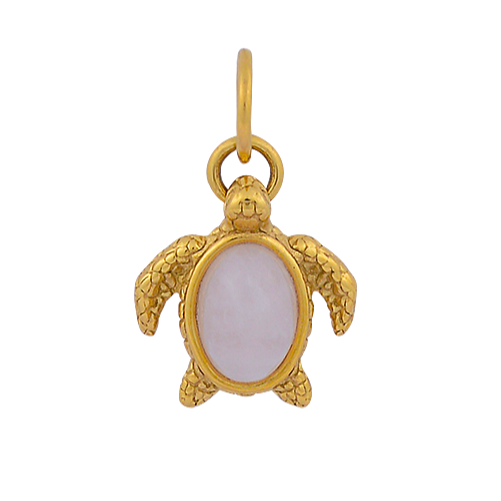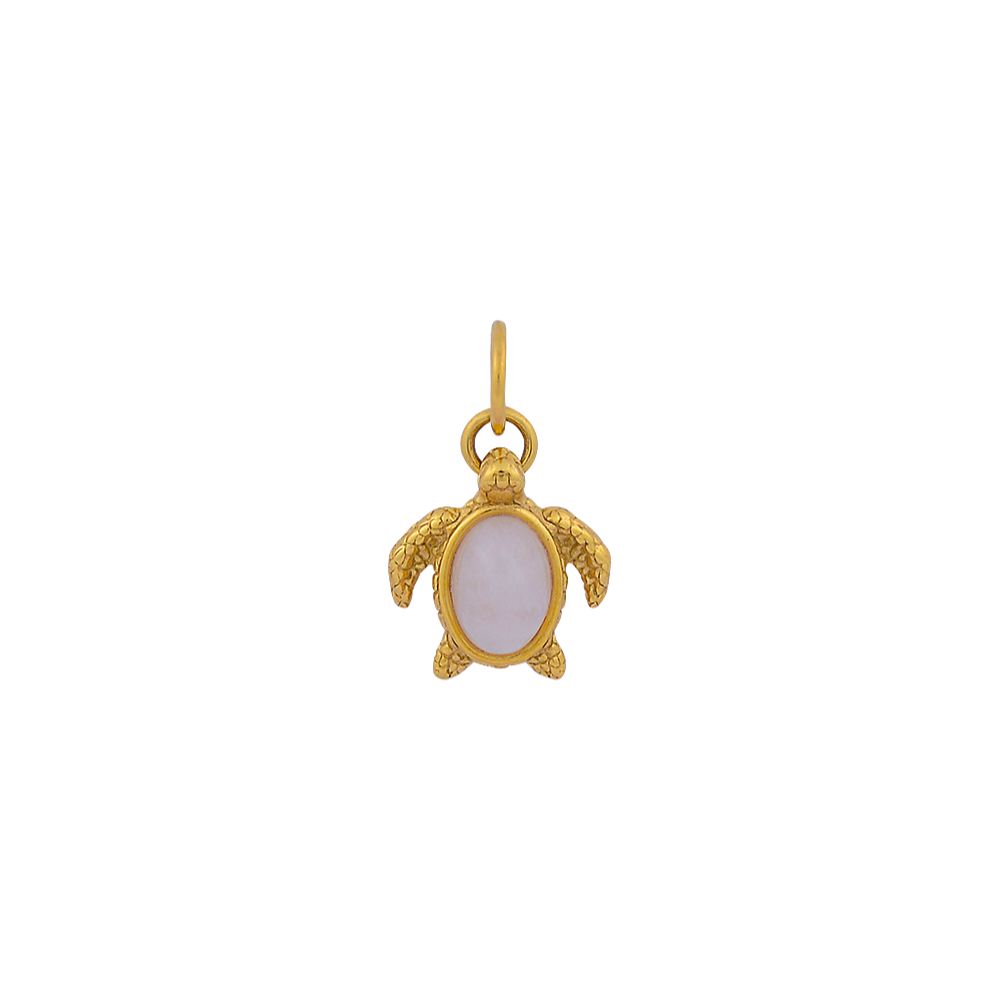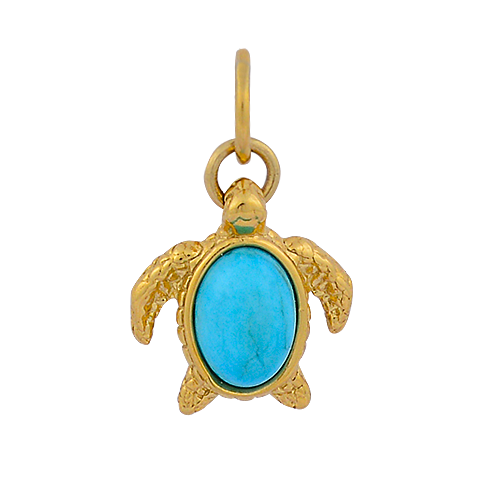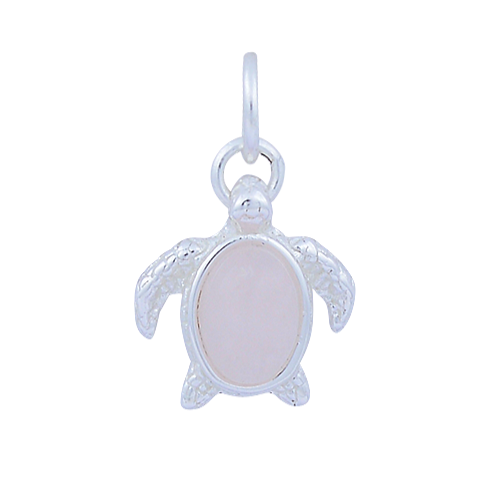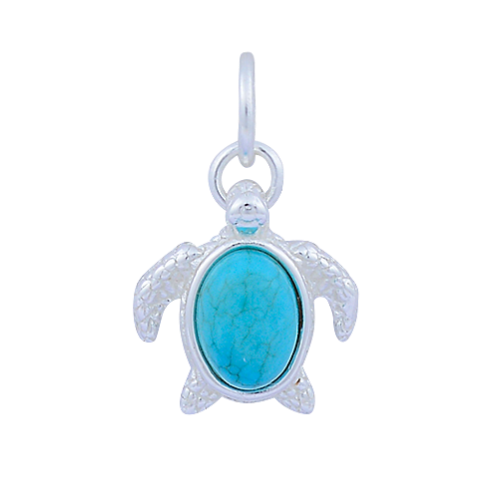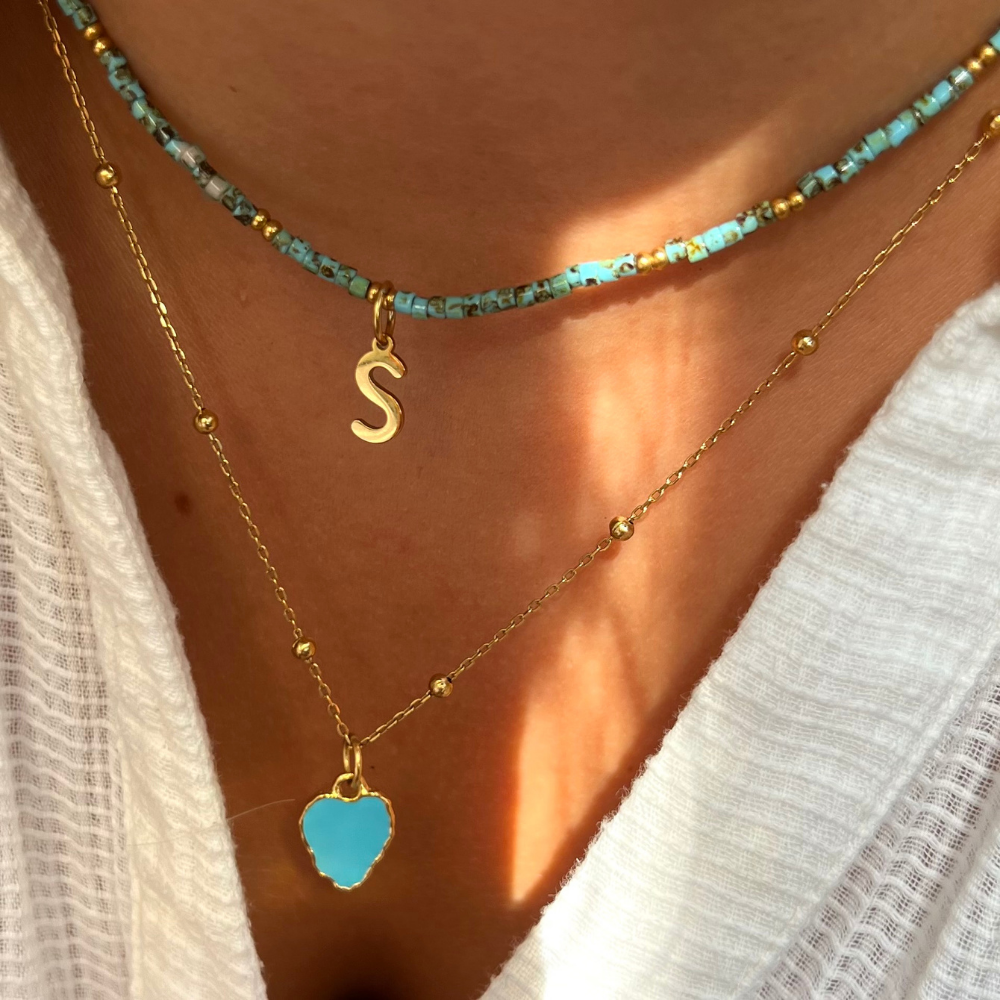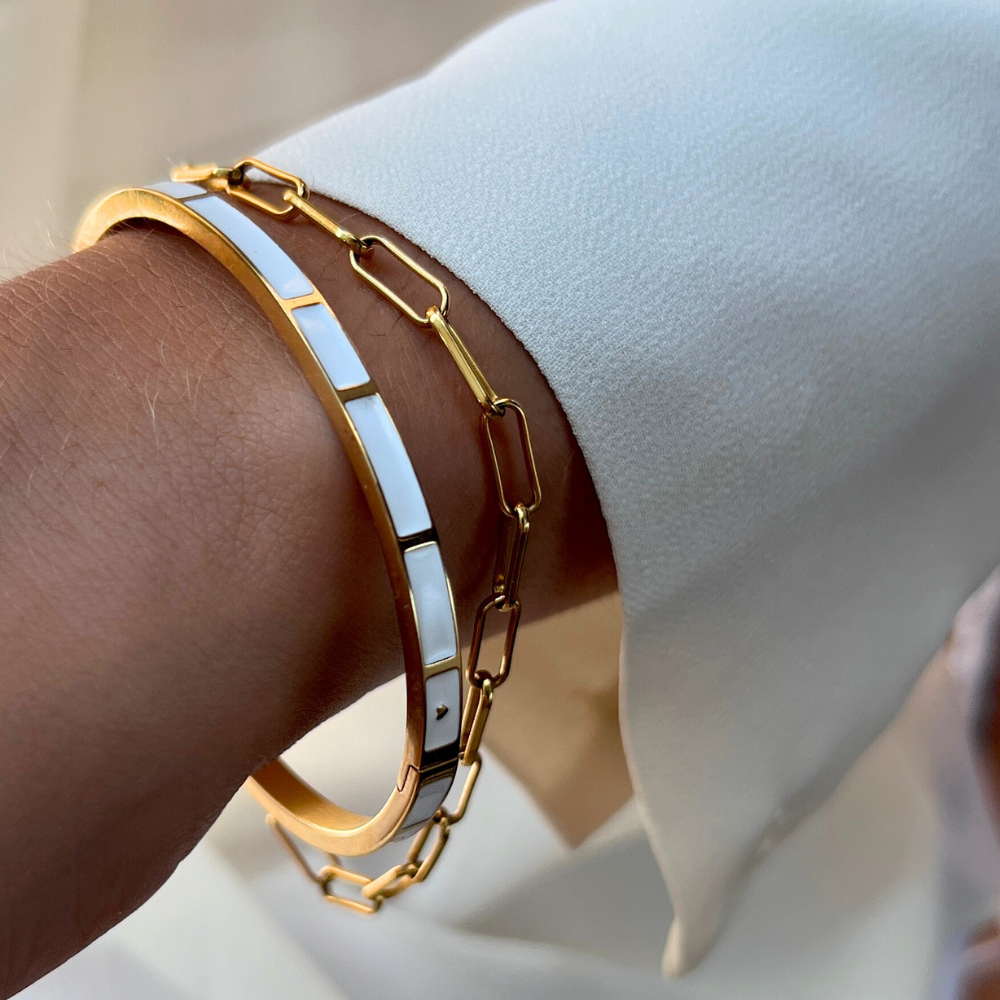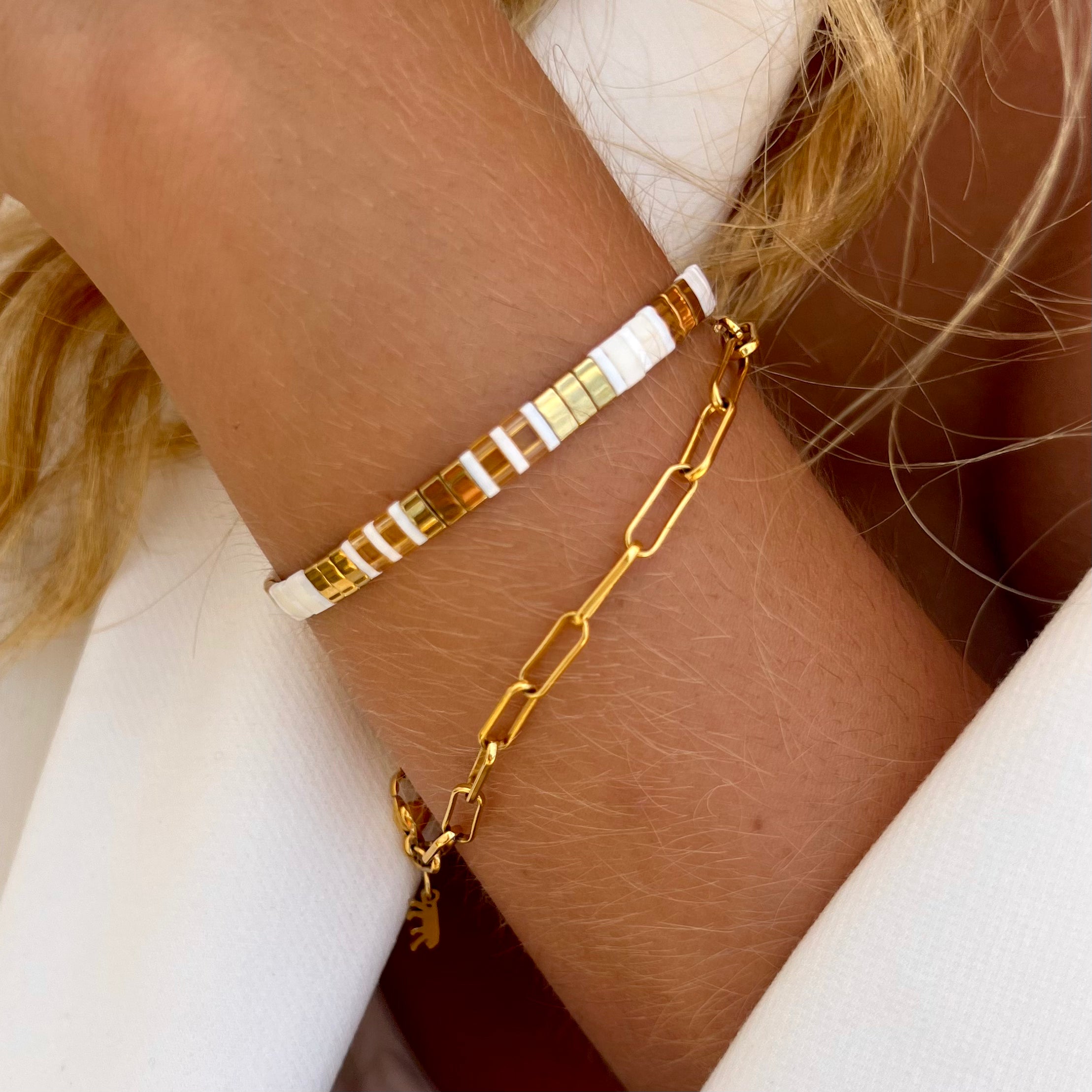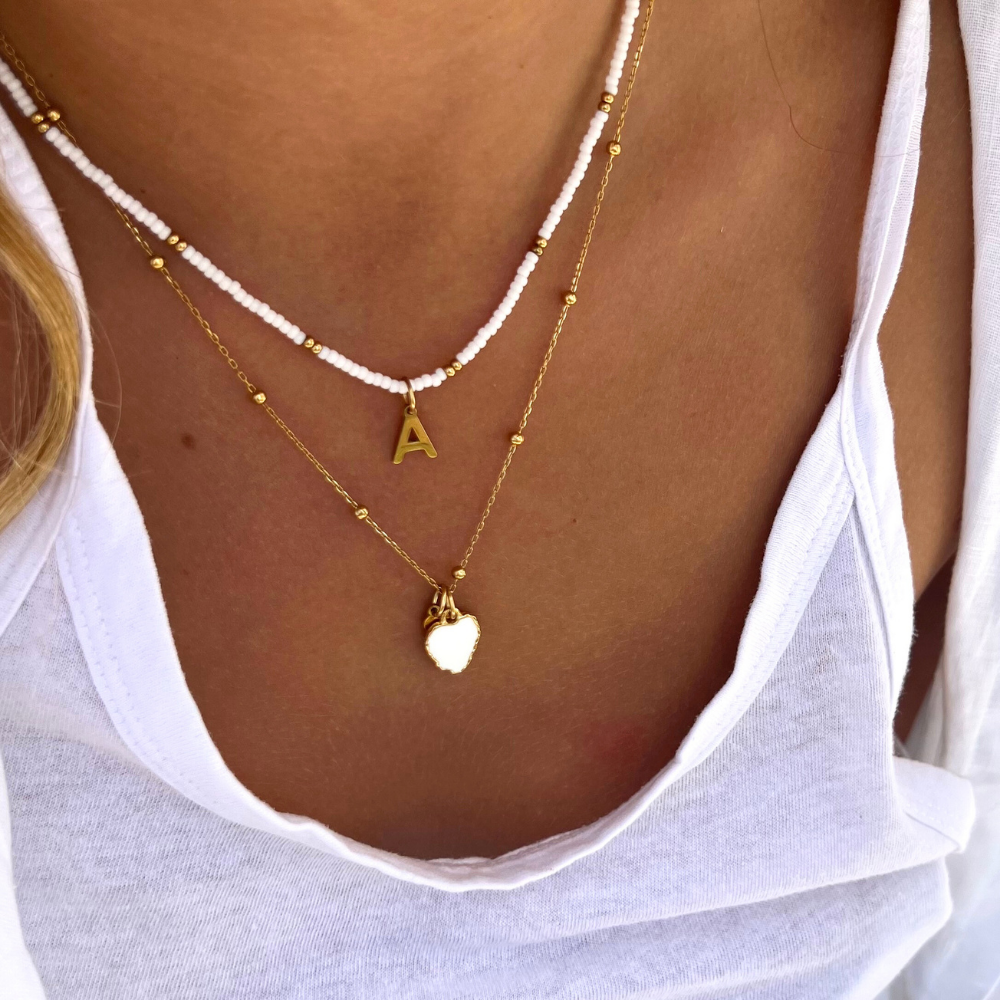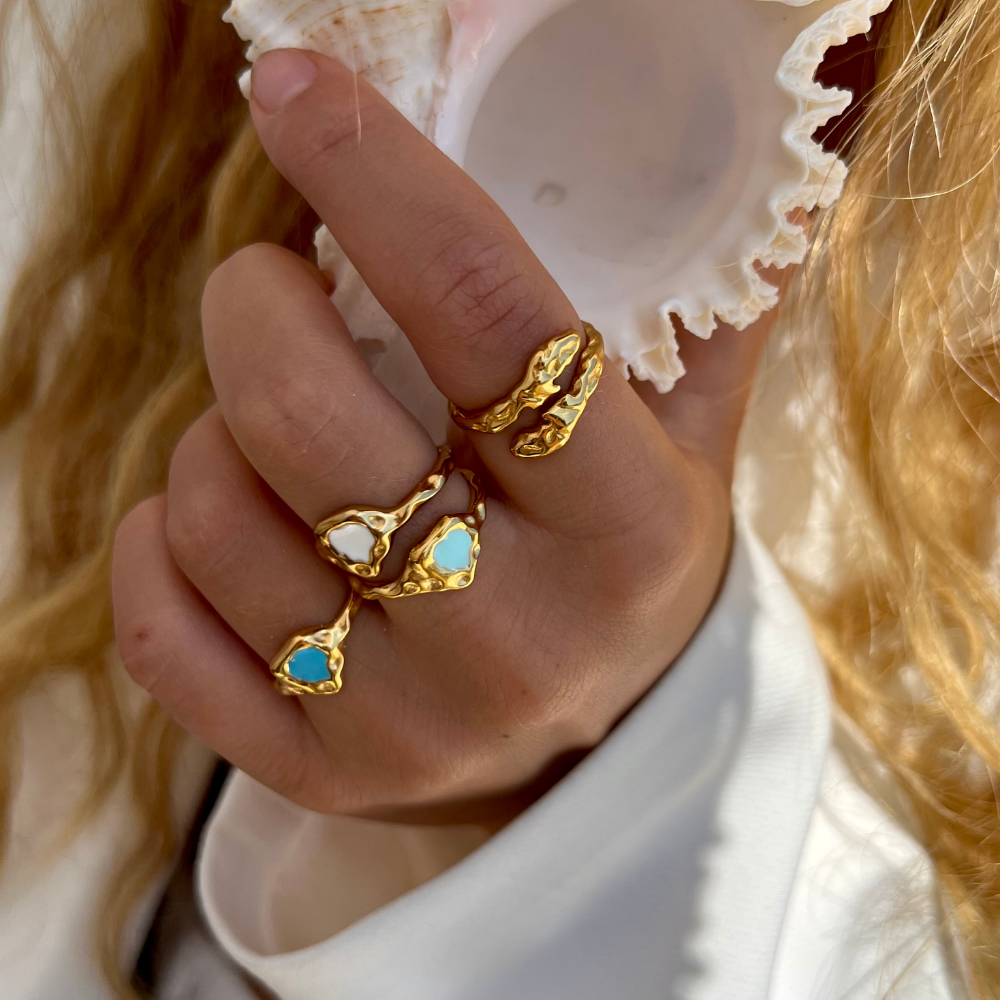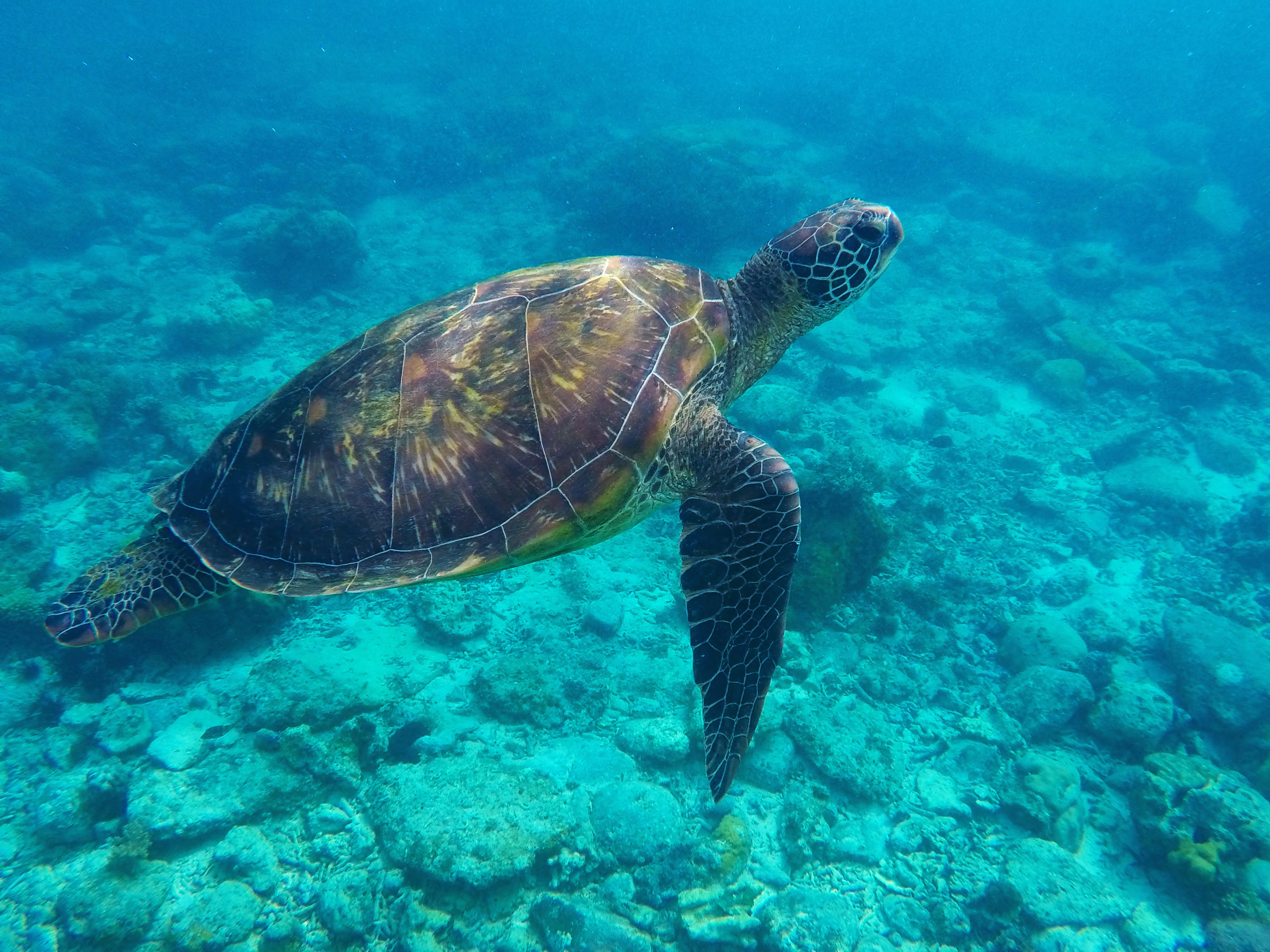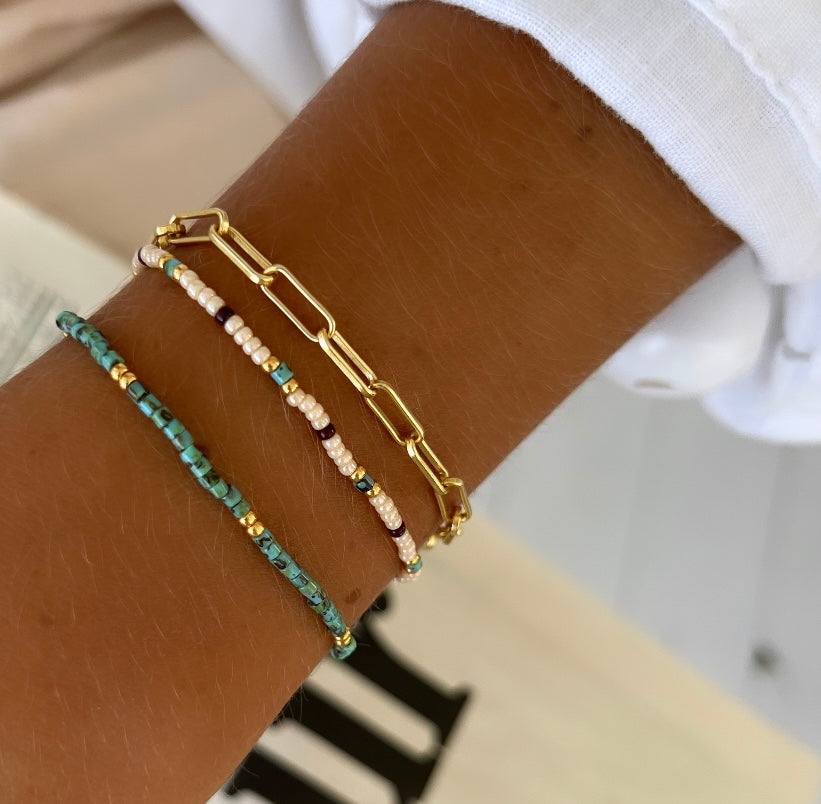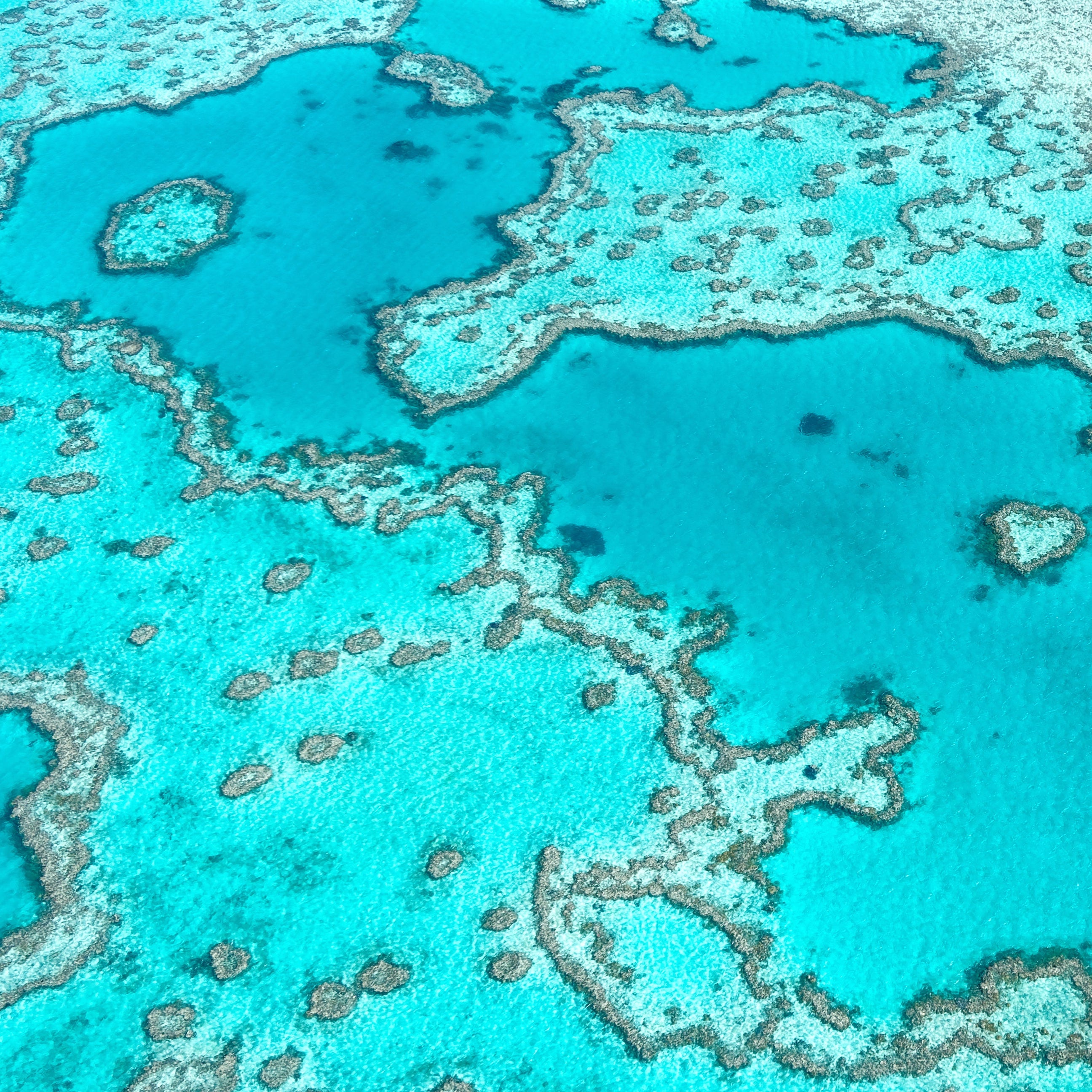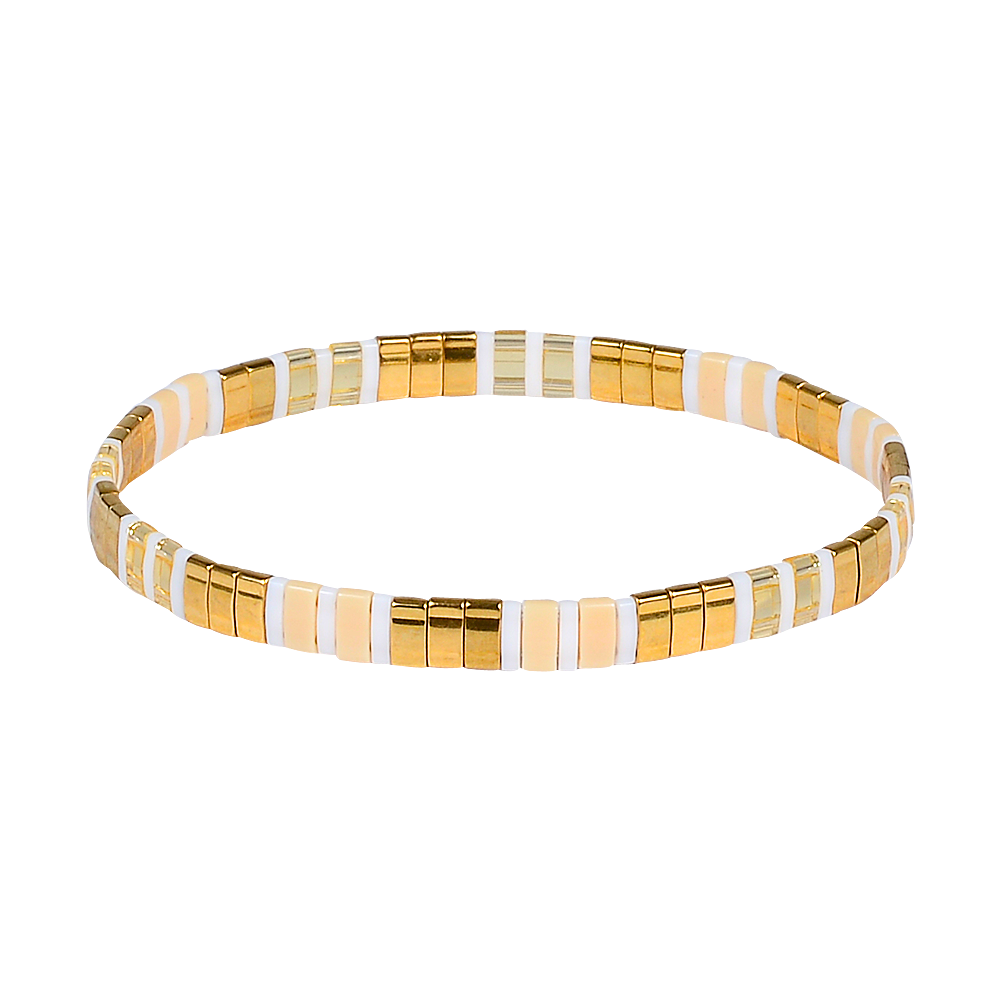Pink Dolphin Classic
Population:
$39.00 AUD
Out of stock
Share Your Love of Nature
Your endangered animal band speaks louder than words. It says: “I love animals, I love trees, and I give back to Mother Nature.” There’s no hiding a purposeful person—and why would you want to?
Stand tall, shine bright, and show the world you care. Look great, feel great, and know you’re making a difference.
That’s why every band comes with a gift card telling its story, and a tree-planting certificate marking your forest. They’re your keepsakes, your proof, your way to share your love of nature.
So slip your band on. Leave it on. Wear it everywhere - ocean, sea, river and shower. Keep your animal close, and wear your purpose proudly.
DON'T FORGET
Every Band includes an Endangered Animal gift card telling you all about your chosen animal and there's even space to write a little note.
GUESS WHAT! There's a 10-Tree planting certificate, telling you all about your Trees, where they're planted and how much CO2 you've recycled. You dedicate the Tree's as part of the gift by popping their name on the certificate.
RECYCLING: We'll be recycling our Bands online in 2026 when we've set up the systems to be able to do it. We're still a small family business.
Care for your jewellery
There are 12,000 beaches in Australia.
Our jewellery was made to be worn on all of them.
Swim, surf & shower to your hearts content.
Put them on, keep them on!
Shipping
We ship globally from Australia.
We aim to pack and ship within 2 business days of your order.
Australia - Free shipping for order over $100, free express shipping for orders over $150
Globally - shipping rates vary and are shown at checkout
Your Band, Animal and Trees
Every Band includes an Endangered Animal gift card telling you all about your chosen animal and there's even space to write a little note.
There's a 10-Tree planting certificate, telling you all about your Trees, where they're planted and how much CO2 you've recycled. You dedicate the Tree's as part of the gift by popping their name on the certificate.
Pouch
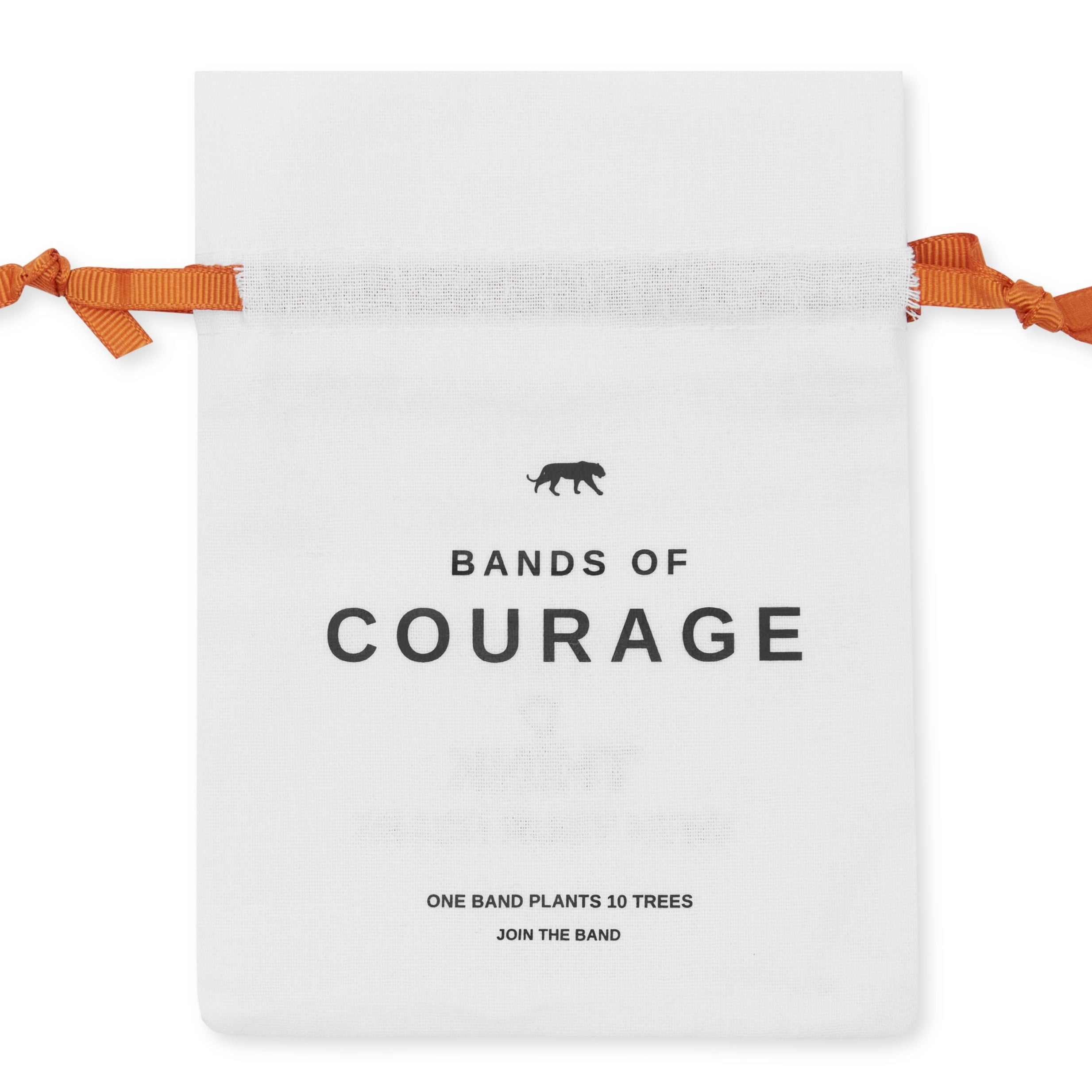
What else is in the pouch?

Choose your charms
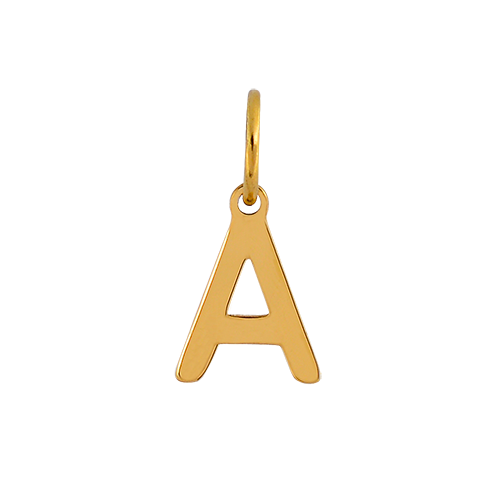
A
$10.00 AUD
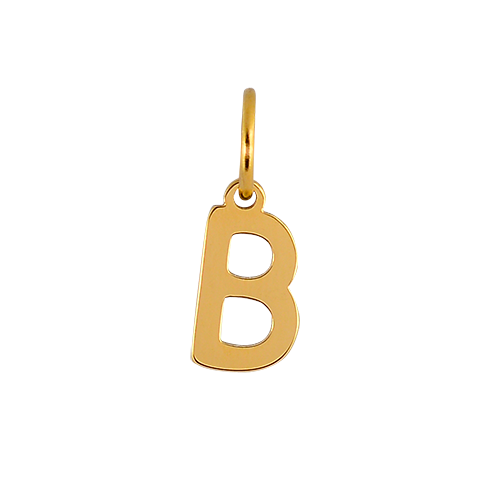
B
$10.00 AUD
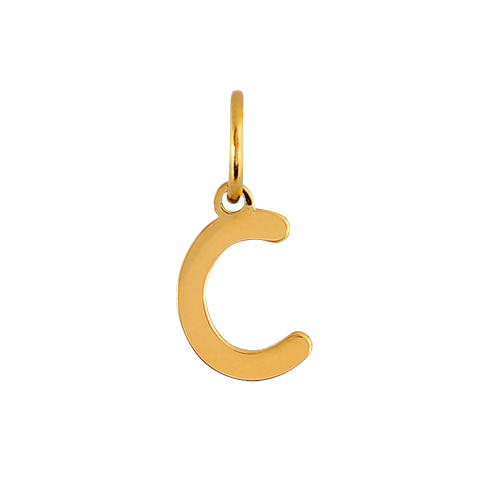

C
$10.00 AUD
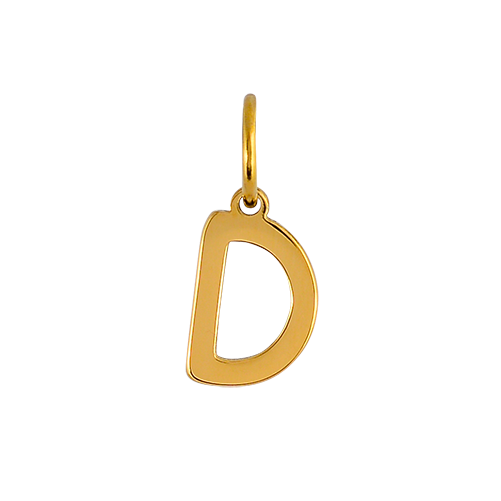
D
$10.00 AUD
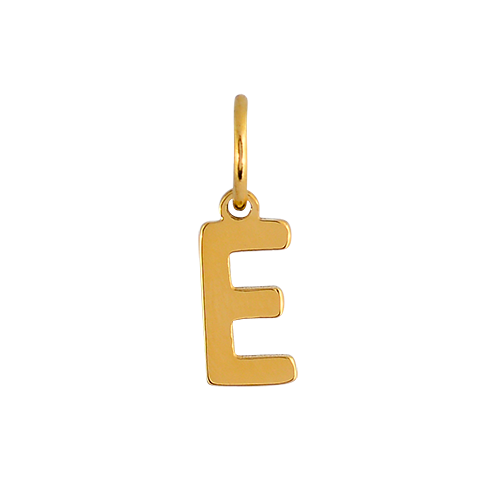
E
$10.00 AUD
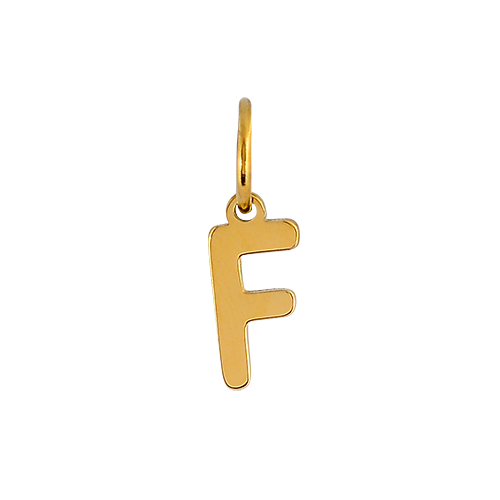
F
$10.00 AUD
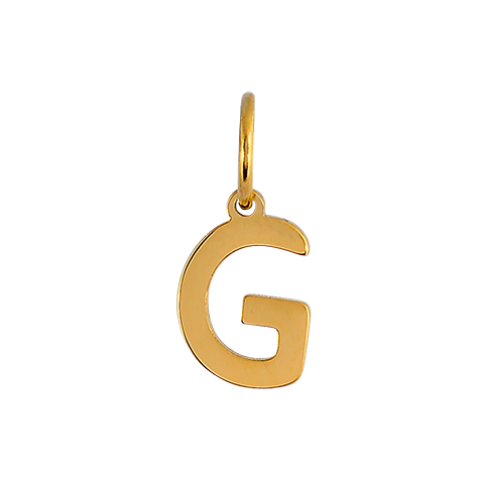
G
$10.00 AUD
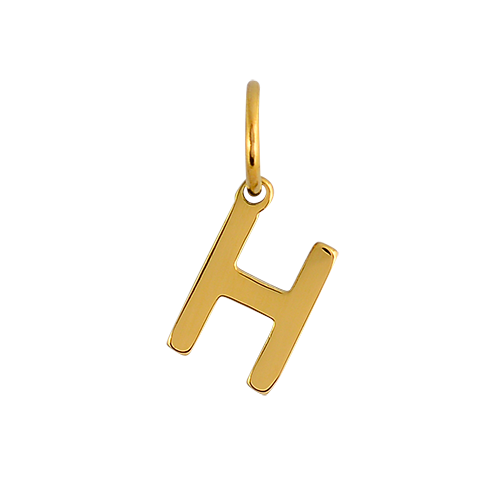
H
$10.00 AUD
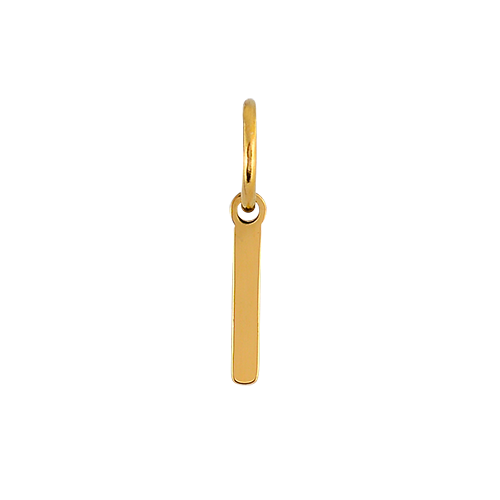
I
$10.00 AUD

J
$10.00 AUD
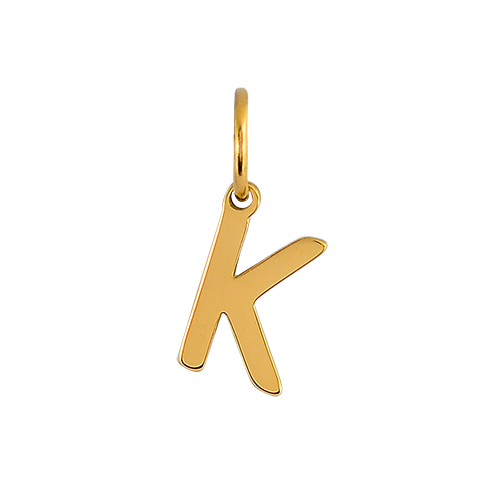
K
$10.00 AUD
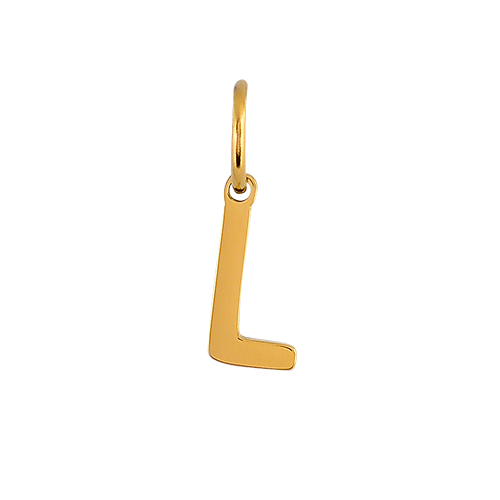
L
$10.00 AUD
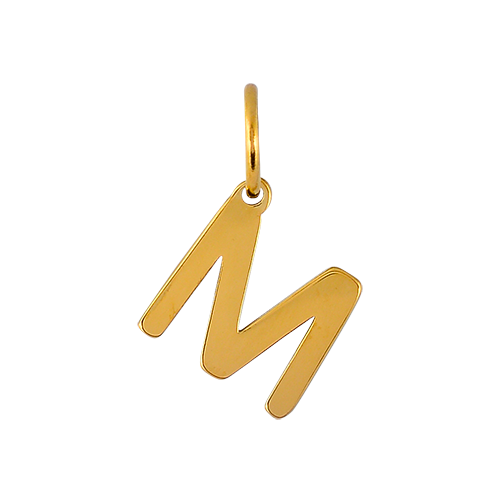
M
$10.00 AUD

N
$10.00 AUD
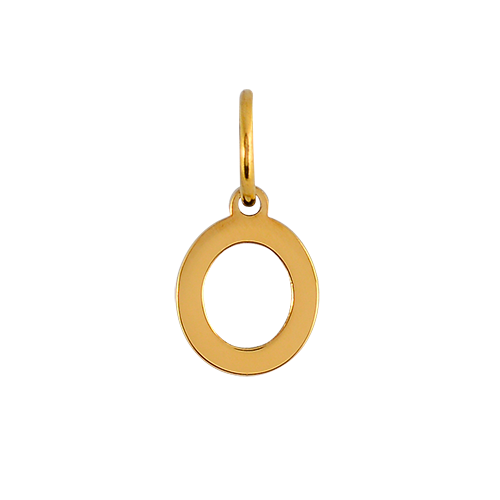
O
$10.00 AUD
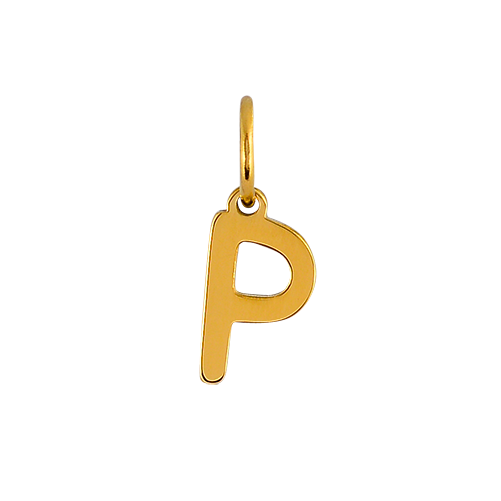
P
$10.00 AUD
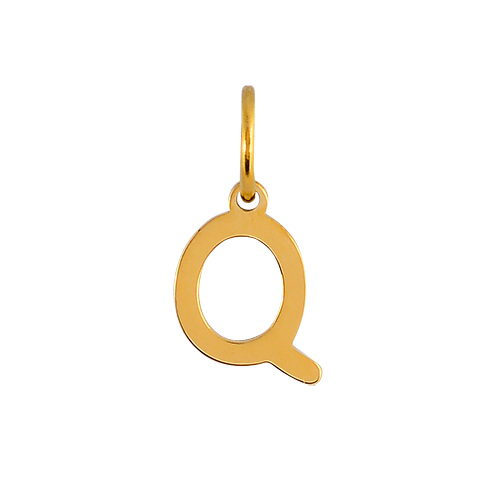
Q
$10.00 AUD
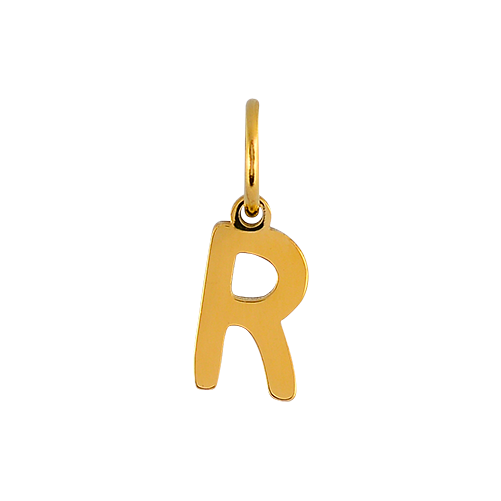
R
$10.00 AUD
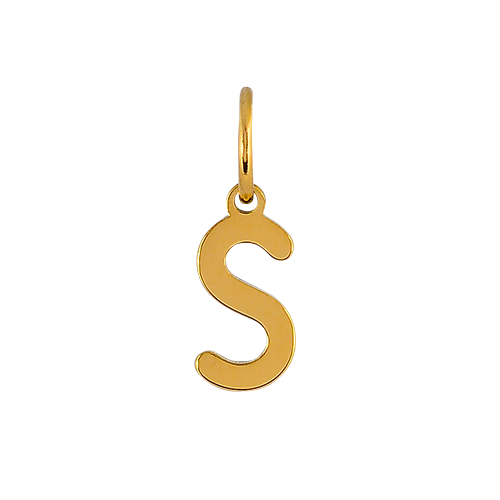
S
$10.00 AUD
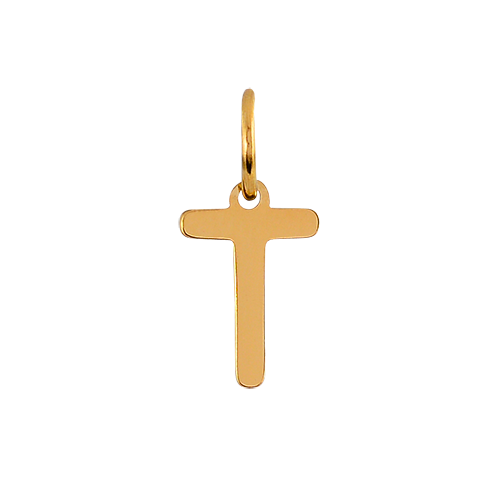
T
$10.00 AUD
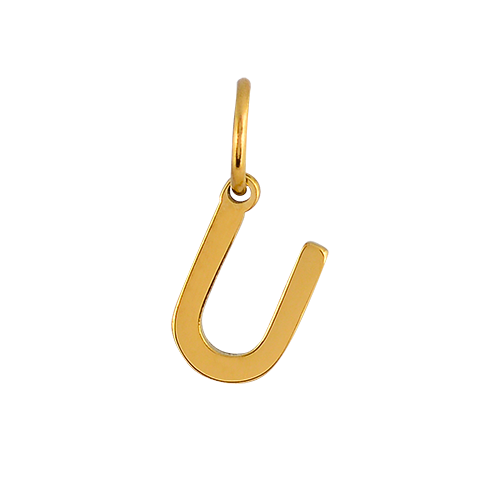
U
$10.00 AUD
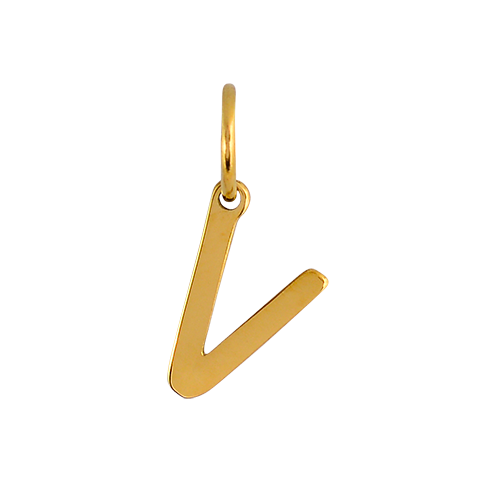
V
$10.00 AUD

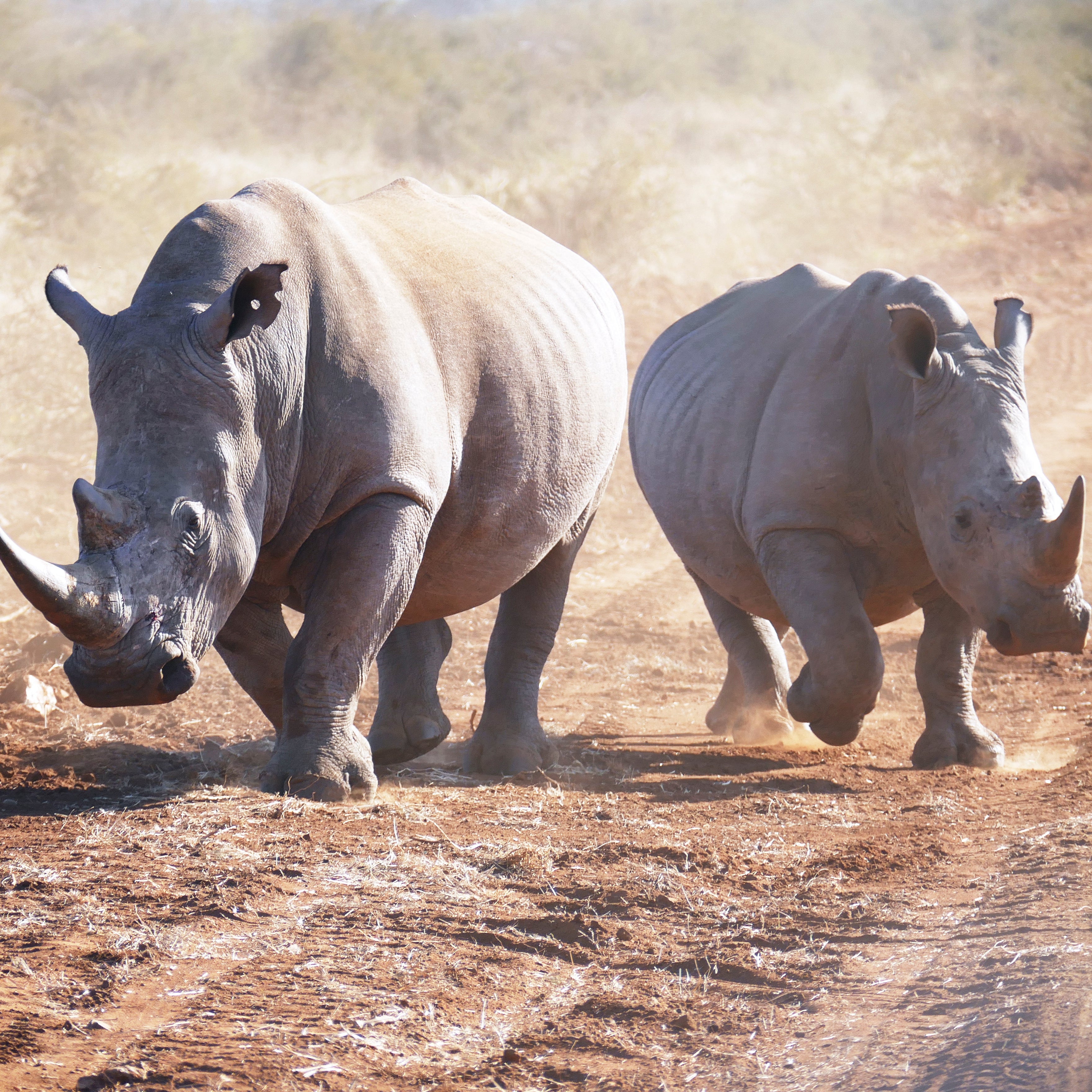
W
$10.00 AUD

X
$10.00 AUD
GIVING IS A KINDNESS
Pink Dolphin Classic
Remember every 1 band you buy, plants 10 mangrove trees!
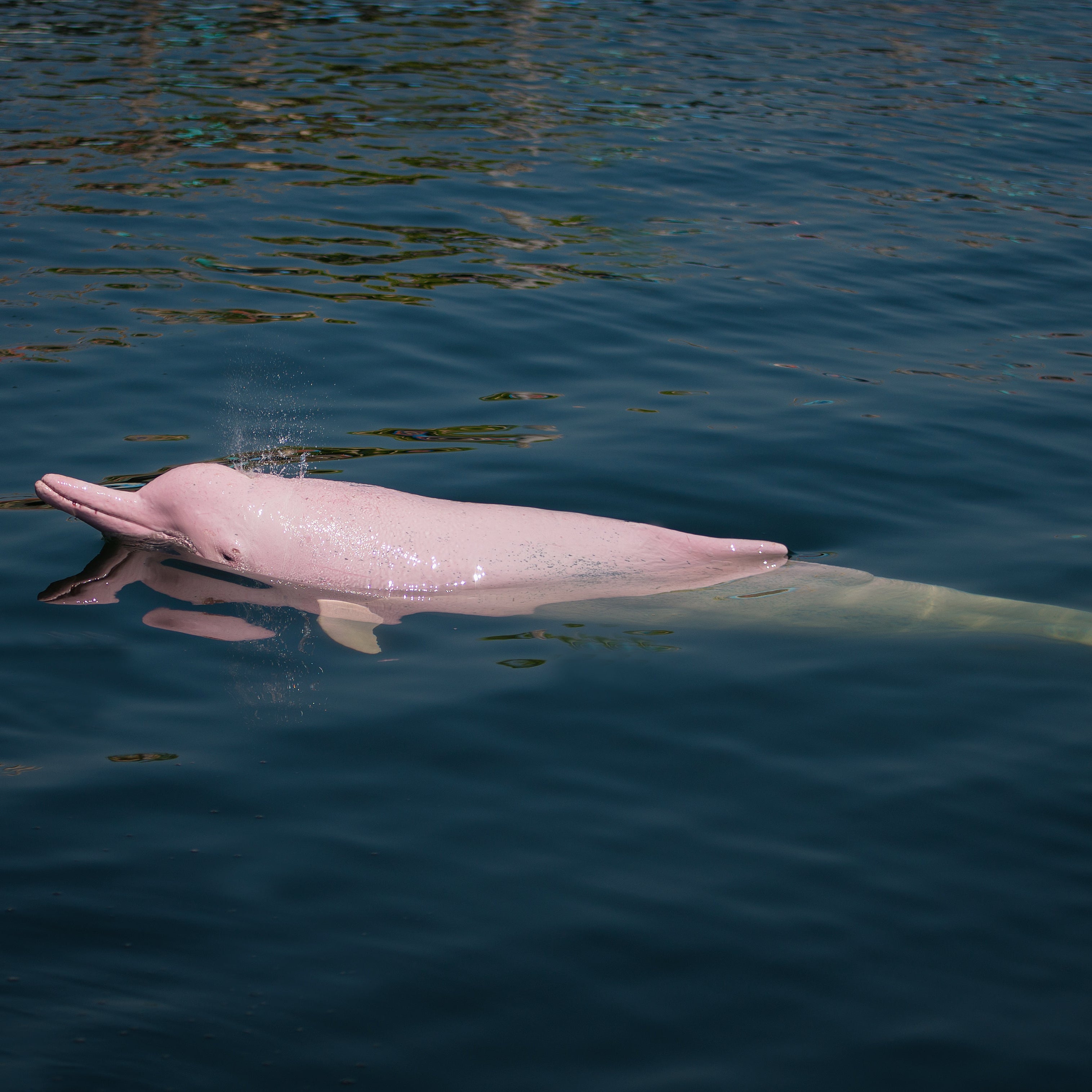
DESIGNED TO NEVER FADE
Worn worldwide by you! Join the Band community and show us your Bands of Courage
OUR PROMISE
“We promise to make you smile as we try to make a difference.”
- BANDS OF COURAGE, SEPT 2020










